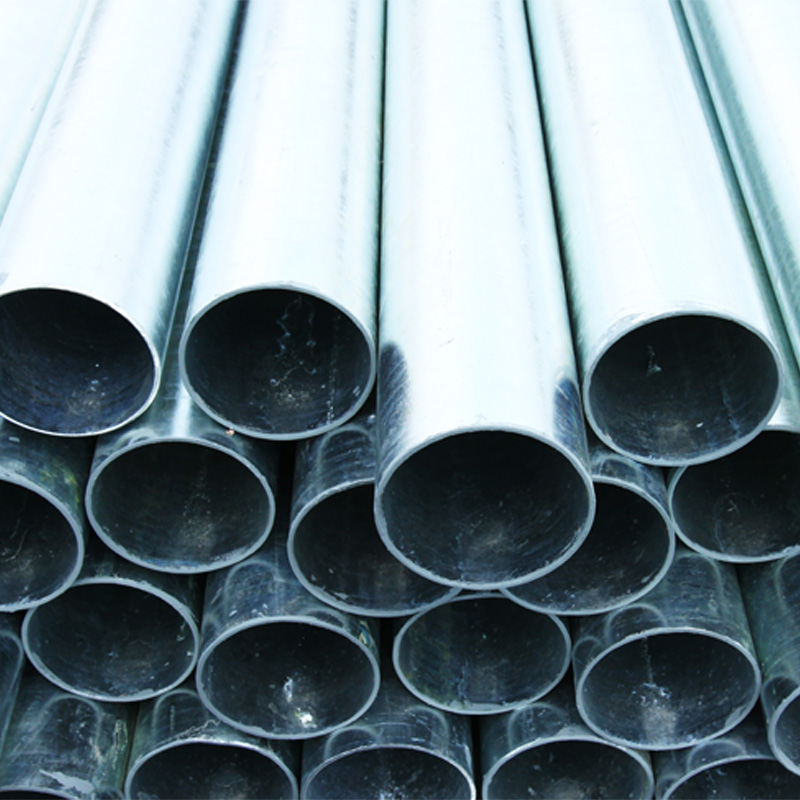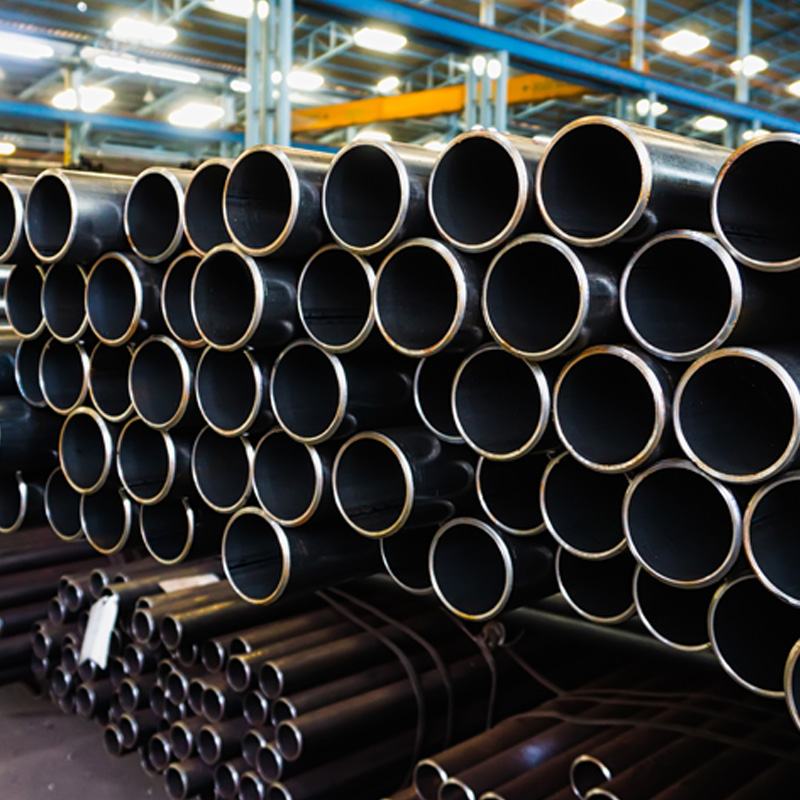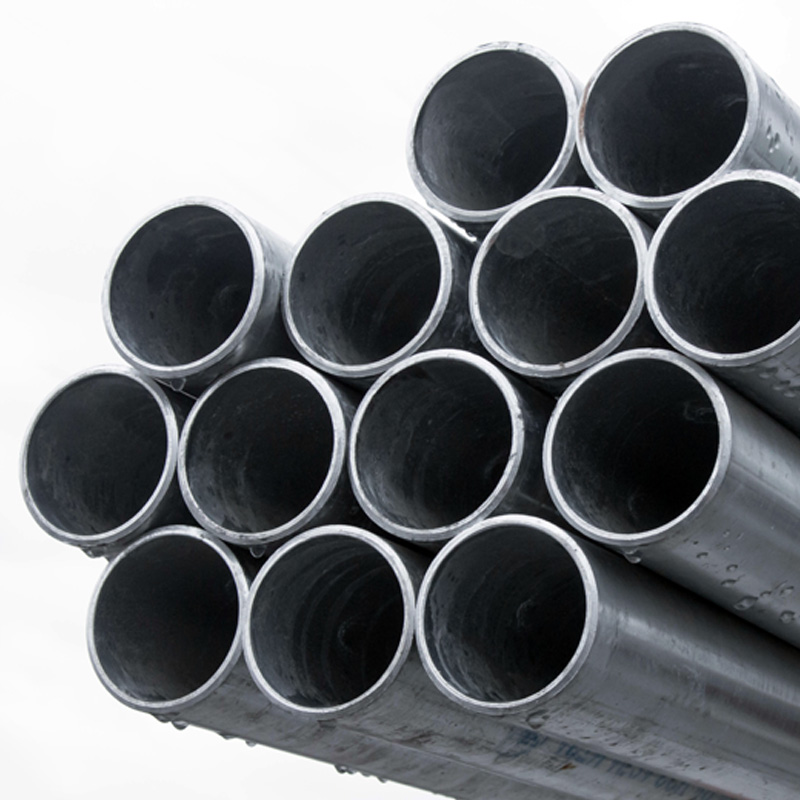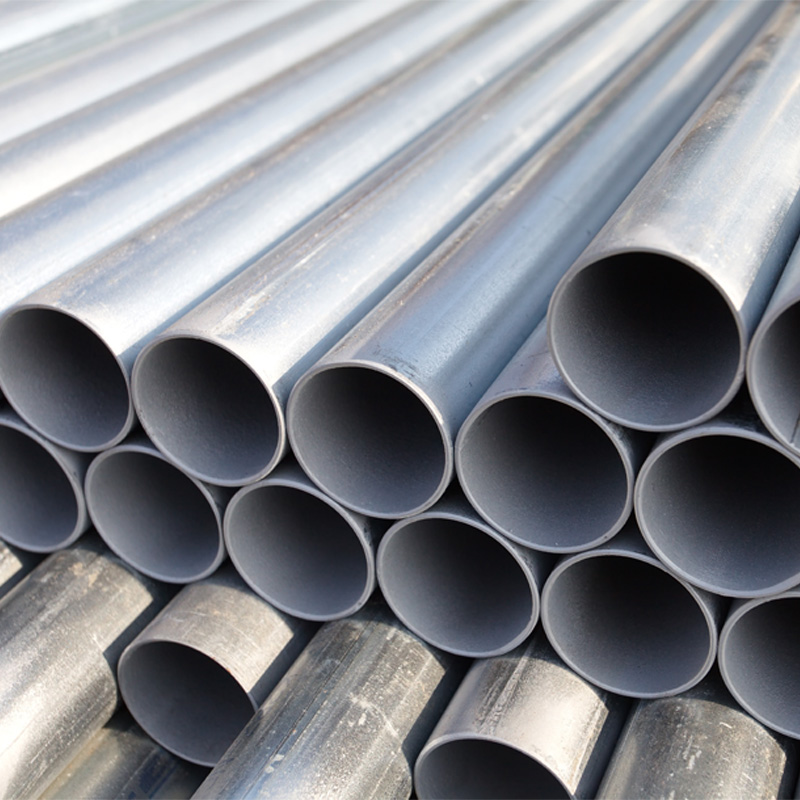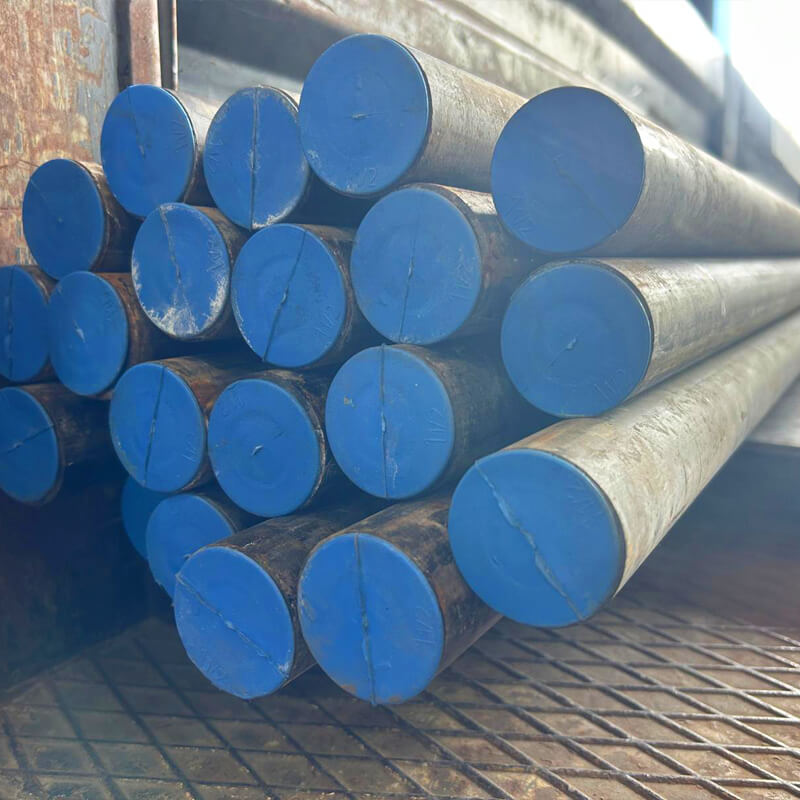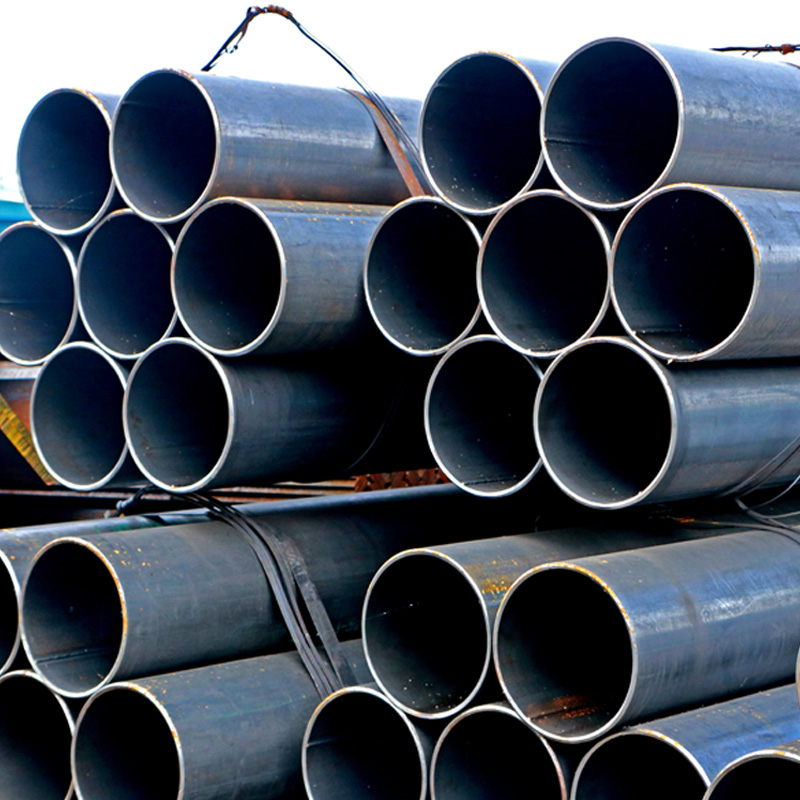Iron pipes stand out as an indispensable material in construction, industrial, and infrastructure projects. Preferred in various sectors due to their durability and long lifespan, iron pipes make a difference with their different types and specialized manufacturing methods.
Iron pipes are cylindrical structural elements made from steel or cast iron materials. These pipes, which typically serve the function of transporting liquids, gases, or solids, offer a durable and economical option thanks to their robust structure. Iron pipes, supported by protective coatings on their inner and outer surfaces, are made resistant to rust and abrasion. Iron pipe manufacturers provide products in various diameters and thicknesses to meet different needs.
Iron pipes have a wide range of applications. Their main areas of use are as follows:
Construction Sector: Iron pipes are commonly used in buildings for water, gas, and waste systems. They are also preferred in building support systems and structural elements.
Industry Sector: In industrial facilities, iron pipes are used for transporting liquids or gases in production processes. Their ability to withstand high pressure plays a crucial role in industrial environments.
Infrastructure Projects: Iron pipes provide longevity and durability in water and sewage lines. They are especially preferred in major city infrastructure projects.
Agriculture Sector: Iron pipes are used in irrigation systems and drainage lines to create an efficient agricultural infrastructure.
What Are the Types of Iron Pipes?
Iron pipes are produced in different types according to needs and areas of use. Among the most common types of iron pipes are:
Galvanized Iron Pipes: Protected against rusting with galvanization coating, galvanized pipes are particularly used in water and gas lines.
Black Iron Pipes: Made from raw iron, these pipes are generally preferred in industrial and infrastructure projects.
Cast Iron Pipes: These high-strength pipes are typically used in sewage and water systems.
ERW (Electric Resistance Welded) Iron Pipes: Commonly used in industrial areas due to their resistance to high pressure.
Light Iron Pipes: With a thinner structure, these pipes are preferred in light load-bearing and decoration projects.
How Is Iron Pipe Manufacturing Done?
Iron pipe manufacturing is a process requiring advanced technology and expertise. This process generally consists of the following steps:
Raw Material Preparation: Iron ore is processed to become suitable for steel production and turned into raw material.
Casting and Shaping: Iron is formed into pipes of the desired diameter and thickness using the hot rolling method.
Welding and Joining: Both the inside and outside are welded to increase the pipe's strength.
Coating and Testing: A protective coating against rust is applied, and the pipes are subjected to durability tests.
Which Sectors Prefer Iron Pipes?
Iron pipes are used in a wide variety of sectors. Here are the main sectors:
Energy Sector: Preferred in oil and gas pipelines due to their durable and long-lasting nature.
Logistics and Transportation: Used to protect and transfer materials along transportation lines.
Ship and Shipyard Industry: Provides durability and resistance to rust in marine structures.
Automotive Sector: Widely used in vehicle parts and exhaust systems.
Iron pipes, with their durability and versatility, meet the essential needs of many sectors. The variety of iron pipes and the production process provide suitable solutions for requirements, offering significant convenience in projects. The wide product range provided by iron pipe manufacturers makes it possible to effectively use these products in different areas.
What to Consider When Buying Iron Pipes?
Iron pipes are durable materials widely used in the construction and industrial sectors. Choosing the right iron pipe ensures the long-term and efficient completion of projects. However, there are various factors to consider when purchasing iron pipes.
Determining Project Requirements: It is important to determine which types of iron pipes are suitable for the project before purchasing. Specifications such as the sizes, diameter, thickness, and load capacity of the pipes needed should be clarified.
Material Quality: The material used in the production of iron pipes affects their durability and corrosion resistance. Certified and tested products should be preferred. At this stage, working with reliable iron pipe manufacturers is crucial.
Assessing Price-Performance Balance: The cheapest product may not always be the best choice. Low-quality pipes can lead to higher costs in the long run. Therefore, pipes that meet production standards and match with their performance should be chosen.
Types of Iron Pipes and Areas of Use: Different iron pipes can be used for different projects. For example, galvanized iron pipes are usually preferred in urban water systems, while seamless pipes are commonly used in industrial projects.
Transport and Installation Conditions: Logistics planning should be done considering the dimensions and weight of the iron pipes. Moreover, models offering ease of installation should be prioritized.
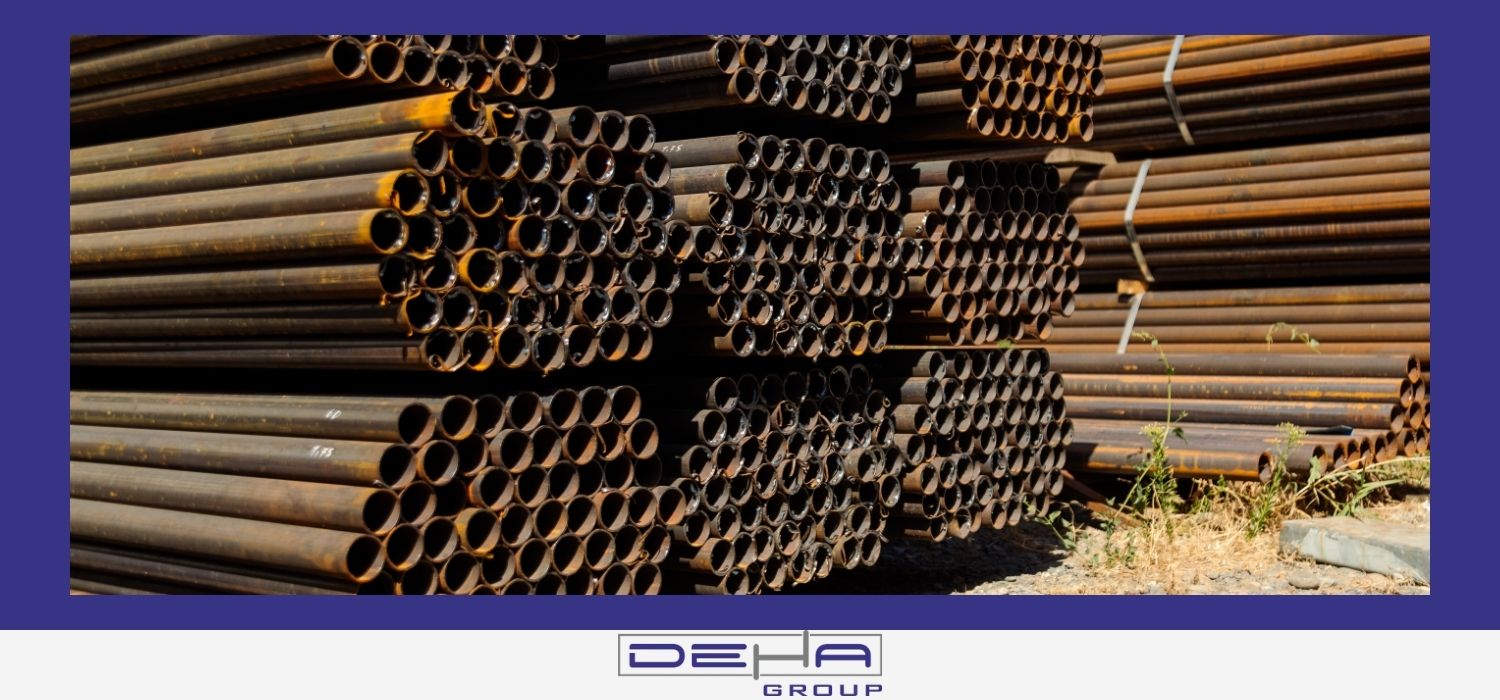
What Are the Advantages and Disadvantages of Iron Pipes?
Iron pipes offer many advantages such as durability and versatility. However, like any material, iron pipes have disadvantages as well.
Advantages:
Durability: Iron pipes are resistant to intensive usage conditions. Although they offer less flexibility compared to steel pipes, they exhibit superior strength.
Longevity: Iron pipes that are correctly maintained can last for decades.
Versatility: Types of iron pipes can be used in a wide range of applications, from urban infrastructure to industrial use.
Easy Availability: Access to the required products is easy due to the presence of many iron pipe manufacturers and suppliers.
Disadvantages:
Corrosion Risk: If measures like galvanization are not taken, iron pipes are susceptible to corrosion.
Weight: Iron pipes are heavier than steel pipes, making the transportation and installation process more troublesome.
Maintenance Requirement: Regular maintenance is required to preserve their longevity.
What Are the Differences Between Iron Pipes and Steel Pipes?
Iron pipes and steel pipes are preferred in various applications due to their different material properties. Each material has its own unique advantages and areas of use.
Material Content: Iron pipes are made from plain or galvanized iron, while steel pipes are composed of an alloy of iron and carbon.
Durability: Steel pipes are more flexible and impact-resistant compared to iron pipes. However, iron pipes may have superior strength.
Corrosion Resistance: Without galvanization, iron pipes are more likely to rust quickly, whereas steel pipes have higher corrosion resistance.
Areas of Use: Iron pipes are often used in building infrastructure and urban water systems, while steel pipes are common in oil, gas transmission, and industrial projects.
Price: Iron pipes are generally more economical than steel pipes, making them preferred in cost-sensitive projects.
How Long Is the Service Life of Iron Pipes?
The service life of iron pipes can vary depending on material quality, usage conditions, and maintenance.
Material Quality: High-quality, standard-compliant iron pipes can last for 40-50 years in suitable conditions.Usage Conditions: The service life of iron pipe types varies according to environmental conditions. Pipes used in drinking water lines may last longer than those exposed to chemicals in industrial settings.
Maintenance: Regular maintenance is one of the most effective ways to extend the life of iron pipes. Timely intervention is required when signs of rust appear.
Corrosion Protection: Iron pipes with galvanization or paint protection are more resistant to corrosion, thereby extending their lifespan.
Choosing and maintaining iron pipes plays a crucial role in the success of your projects. By selecting the most suitable iron pipe types for your needs, you can achieve long-lasting performance. Collaborating with reliable iron pipe manufacturers is one of the most important steps in this process.

 TR
TR

